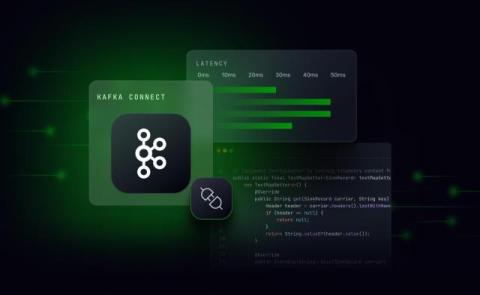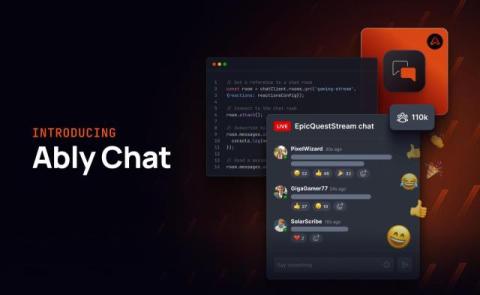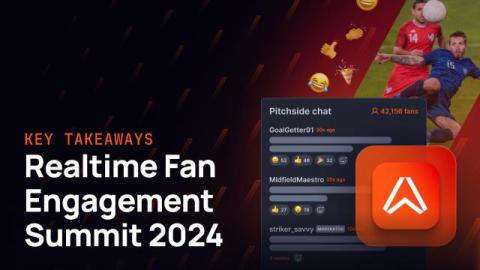Revolutionizing fan engagement with realtime technology
Ably CEO, Matthew O'Riordan, recently joined sports and media veteran, Carlo De Marchis, on his podcast ("A Guy with a Scarf") to discuss the dynamic world of realtime fan engagement in sports and entertainment. In the interview, Matt and Carlo cover the evolution of realtime applications and how the changing expectations of fans, particularly younger generations, are shaping the future of fan engagement. Watch the full interview, including Matt’s predictions for the future of this space.











